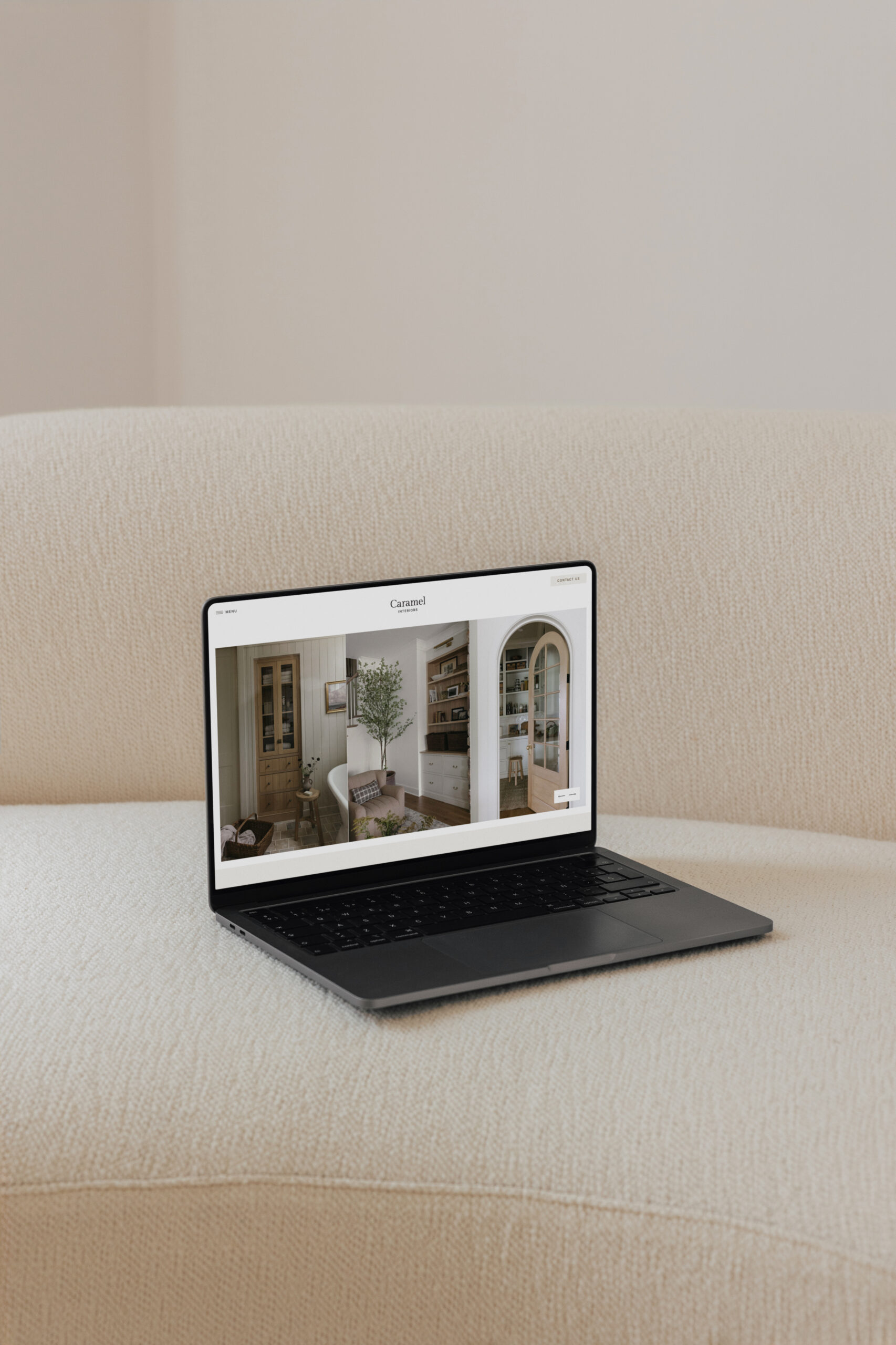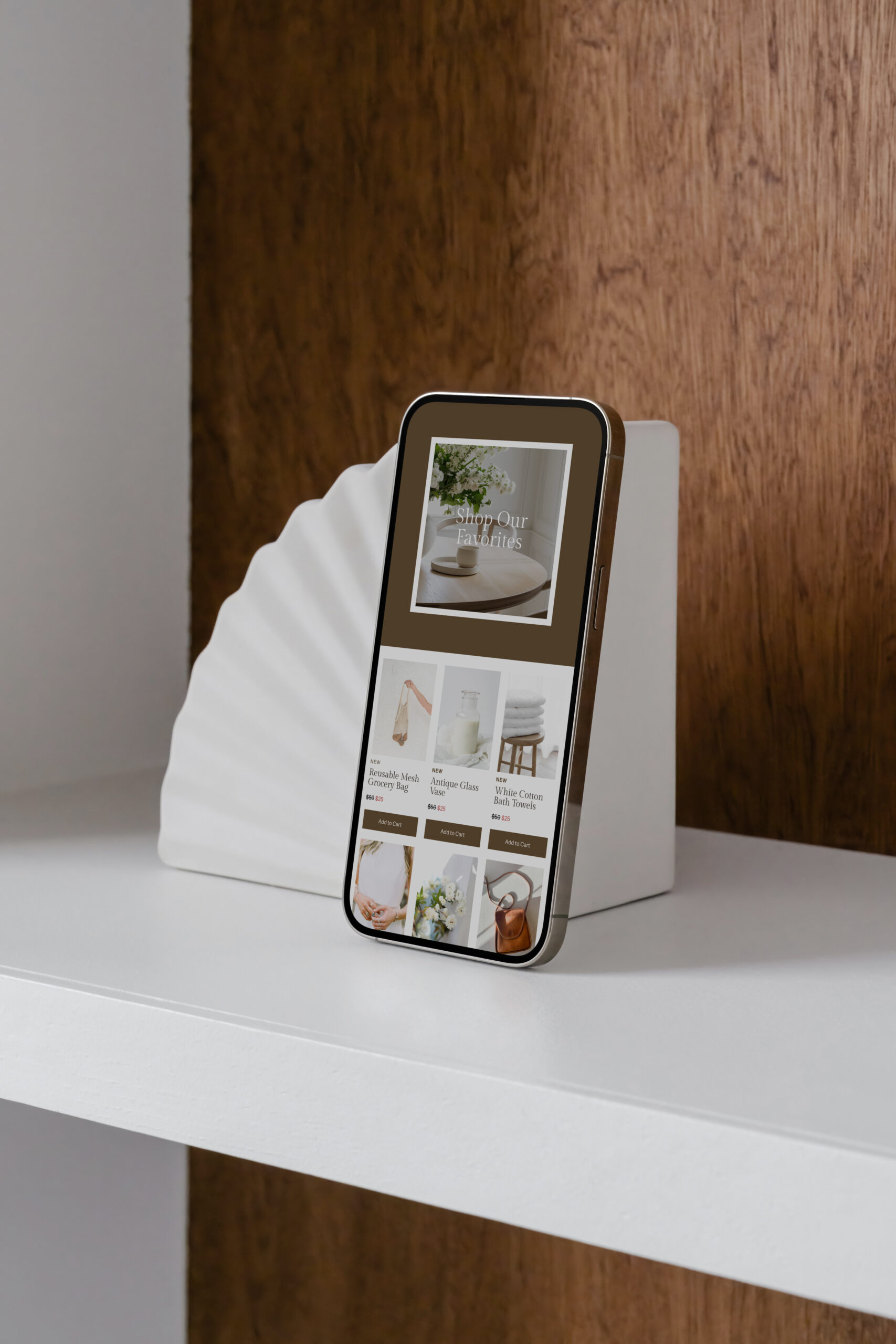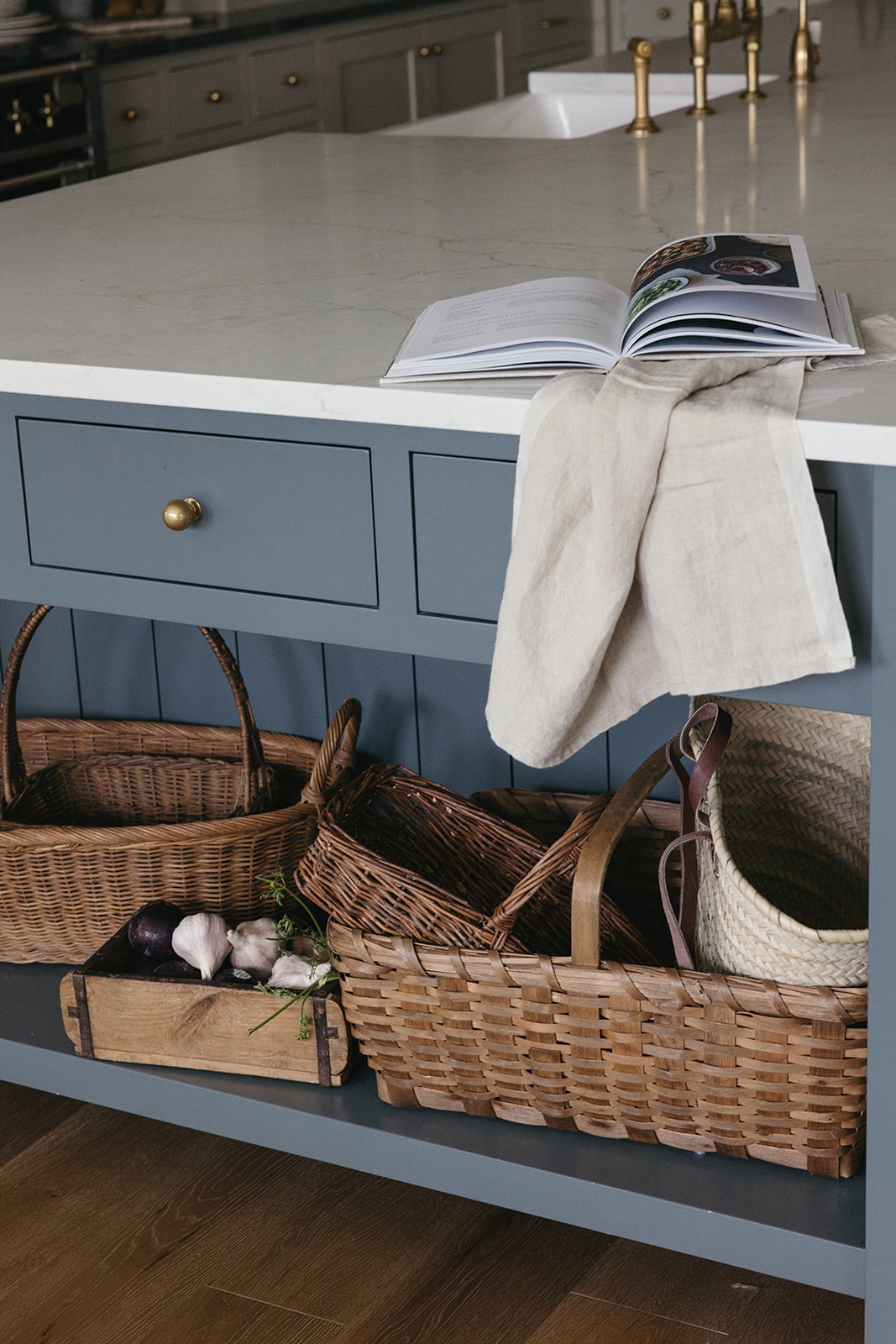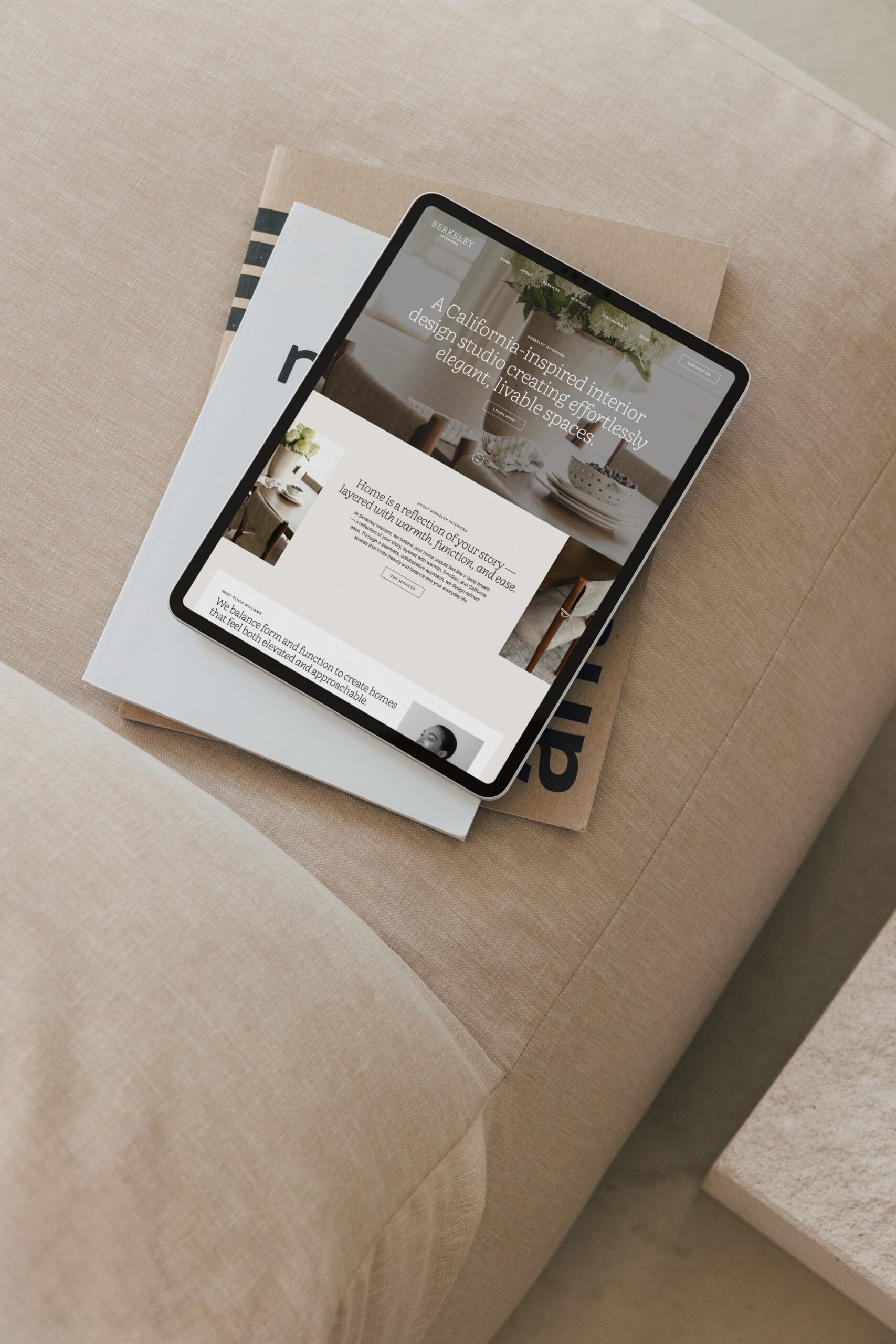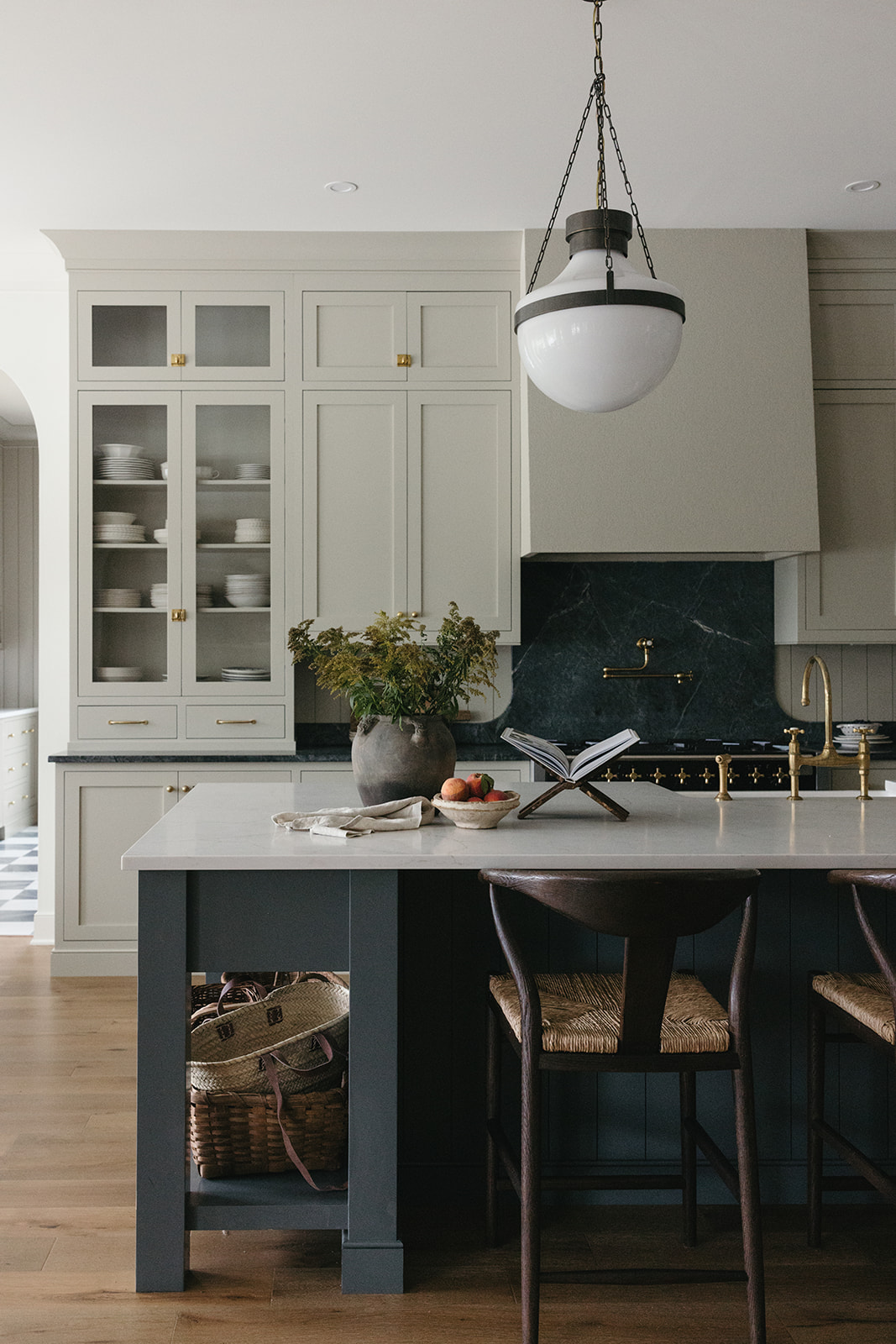5 Interior Design Portfolio Mistakes — And How to Fix Them
Your portfolio is one of the most important parts of your website. It’s where potential clients get a glimpse of your style, attention to detail, and the kind of work you create. A beautifully curated portfolio has the power to inspire confidence and turn website visitors into inquiries.
But even the most talented interior designers can make a few common mistakes when it comes to showcasing their work online. From cluttered layouts to missing details, these small oversights can make it harder for potential clients to truly appreciate the depth and quality of your work.
The good news? With Showit, you have complete creative freedom to design a portfolio that feels polished, immersive, and uniquely yours. Below, we’re covering five common portfolio mistakes and simple ways to fix them so your website works as beautifully as the spaces you design.
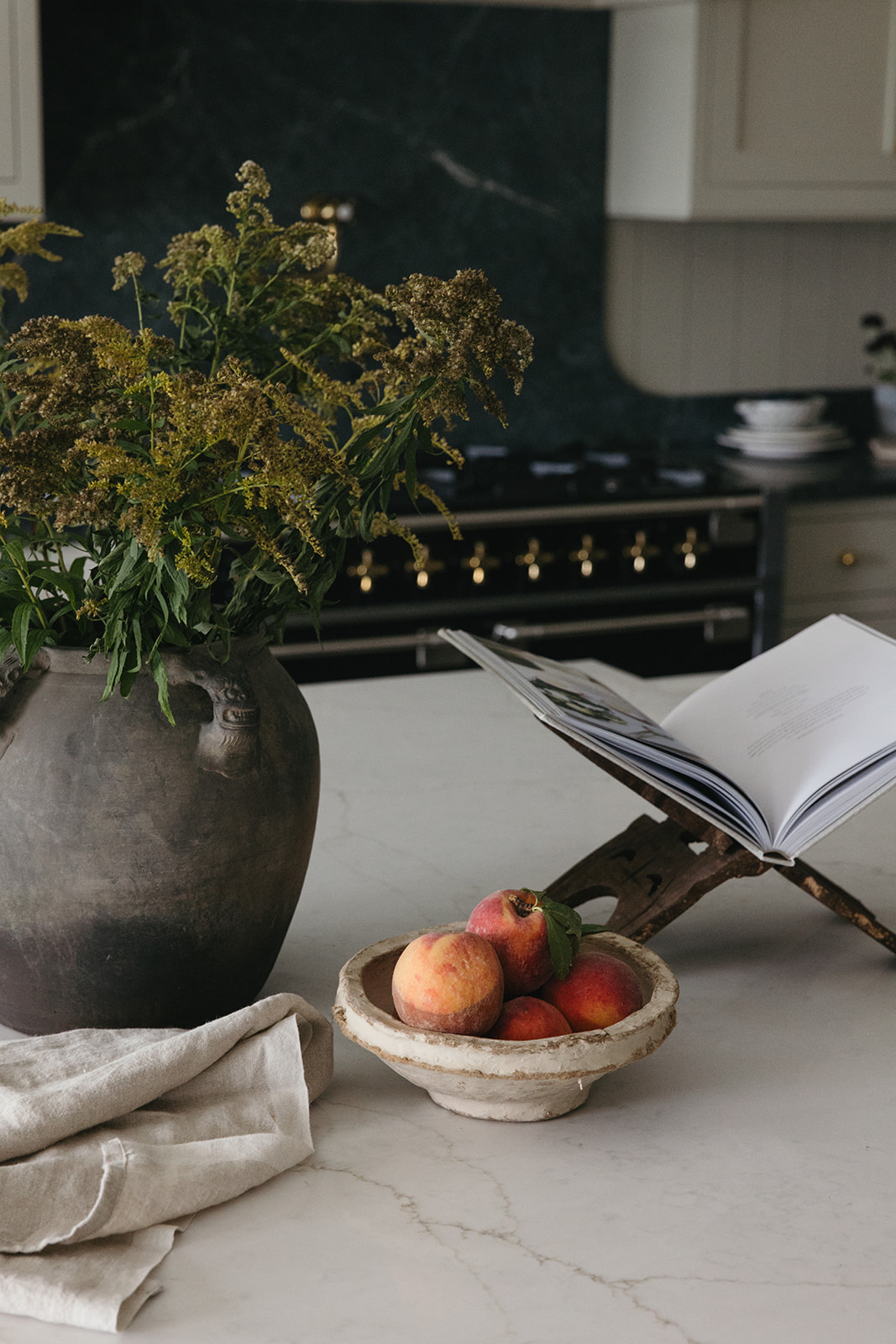
Interior Design Portfolio Mistakes — And How to Fix Them
Showcasing Too Many Projects
When you’ve worked on multiple beautiful projects, it’s tempting to showcase everything. But too many images or projects can feel overwhelming for visitors, making it harder for them to get a clear sense of your signature style. Instead of displaying every project, focus on quality over quantity.
How to fix it:
- Select only your strongest projects—those that best represent your style and the type of work you want to attract.
- If you specialize in multiple aesthetics, consider organizing your portfolio into categories so visitors can easily find the style that resonates with them.
- Use Showit’s gallery options to create a visually engaging, easy-to-navigate layout that feels curated and intentional.
By streamlining your portfolio, you’ll help potential clients get a clearer picture of your work while making their browsing experience more enjoyable.
Using Low-Quality or Inconsistent Images
Your design work is high-end and thoughtfully curated, and your portfolio should reflect that same level of polish. If your website includes images that are blurry, inconsistent in lighting, or not properly edited, it can take away from the impact of your work.
How to fix it:
- Invest in professional photography whenever possible. Well-lit, high-resolution images make all the difference in how your work is perceived.
- Edit images for consistency. If some photos are bright and airy while others are darker and moodier, try to create a cohesive look so your portfolio flows seamlessly.
- Showit allows you to arrange images in a way that feels balanced and visually appealing—experiment with layouts to highlight each project in its best light.
With beautifully captured and thoughtfully arranged photos, your portfolio will feel more polished and professional, helping to attract the right clients.
Not Providing Enough Context for Each Project
A collection of stunning images is essential, but potential clients also want to understand the story behind each project. Why was the space designed the way it was? What challenges did you solve? Without any descriptions or background, your work may feel more like a collection of images rather than a carefully curated design story.
How to fix it:
- Include a brief introduction for each project, highlighting the vision, inspiration, and key design elements.
- Share details about the client’s needs and how your design choices solved their challenges.
- Use Showit’s flexible text and image placement options to seamlessly weave storytelling into your portfolio pages.
Adding thoughtful descriptions helps potential clients connect with your work on a deeper level and envision how your design approach might be the perfect fit for their project.
Making It Difficult to Navigate
If visitors have to click multiple times just to view a single project or struggle to find the next portfolio piece, they may lose interest before fully exploring your work. A user-friendly portfolio should feel effortless to browse, with clear navigation that guides visitors through your projects smoothly.
How to fix it:
- Keep your portfolio structure simple and intuitive—avoid overly complex layouts that require too many clicks to view a project.
- Use Showit’s built-in navigation features to create a seamless browsing experience, whether that’s through a grid layout, clickable project thumbnails, or an easy-to-use scrolling design.
- Make sure your site is mobile-friendly. Showit allows you to customize your mobile layout separately, ensuring that visitors on phones and tablets can navigate just as easily as those on a desktop.
A well-organized, easy-to-explore portfolio encourages visitors to spend more time on your website, getting to know your work and feeling inspired to reach out.
Forgetting a Call to Action
Your portfolio should do more than just showcase your work—it should also guide potential clients toward taking the next step. If your portfolio page doesn’t include a clear way for visitors to inquire about working with you, you may be missing out on opportunities.
How to fix it:
- Include a simple, inviting call to action on your portfolio page, such as “Interested in working together? Let’s chat about your project.”
- Link directly to your contact page so visitors can easily inquire without having to search for the next step.
- Use Showit’s customization options to integrate calls to action naturally within your design, whether through subtle text sections or beautifully designed buttons.
By making it easy for visitors to take action, you’ll increase the likelihood of turning portfolio views into real inquiries.
Creating a Portfolio That Works for Your Business
Your website portfolio is one of your most powerful marketing tools. When designed thoughtfully, it can elevate your brand, showcase your expertise, and make a lasting impression on potential clients.
By focusing on quality over quantity, using high-quality imagery, telling the story behind each project, simplifying navigation, and including a clear call to action, you can create a portfolio that not only looks beautiful but also helps grow your interior design business.
With Showit, you have the creative freedom to design a portfolio that feels intentional, refined, and uniquely yours. If you’re looking for a website template that helps you display your work in the most elevated way possible, explore our collection of Showit website templates for interior designers at Coastal Template Co. With layouts designed specifically for showcasing design work, you’ll have a website that truly reflects your brand and attracts your dream clients.
Elevated Marketing Templates for Interior Designers
Your interior design business deserves a brand and marketing strategy as polished and intentional as the spaces you create. At Coastal Template Co, we offer done-for-you Showit website templates, Flodesk newsletter templates, and Canva Instagram templates — designed to help you showcase your work beautifully, connect with your ideal clients, and market your interior design business with ease. Explore our collection of relaxed yet refined marketing templates for interior designers and create a seamless, sophisticated online presence that elevates your brand.
At Coastal Template Co, we believe your business deserves to shine online — without the overwhelm.
Backed by over 10 years of design expertise and a deep understanding of the interior design industry, we craft easy-to-customize templates that combine style and strategy.
Chosen by more than 3,000 interior designers, our templates help you showcase your work beautifully and market your business with confidence.
About Coastal Template Co.
Rooted in simplicity and style, each template is designed to reflect the elevated, polished look your business deserves.
Timeless, elevated design.
No code, no overwhelm. Just easy-to-use templates with drag-and-drop features to help you customize and launch confidently.
Simple, stress-free customization.
Every template is thoughtfully created just for interior designers — with layouts, features, and visuals that feel like home.
Designed for interior designers.
